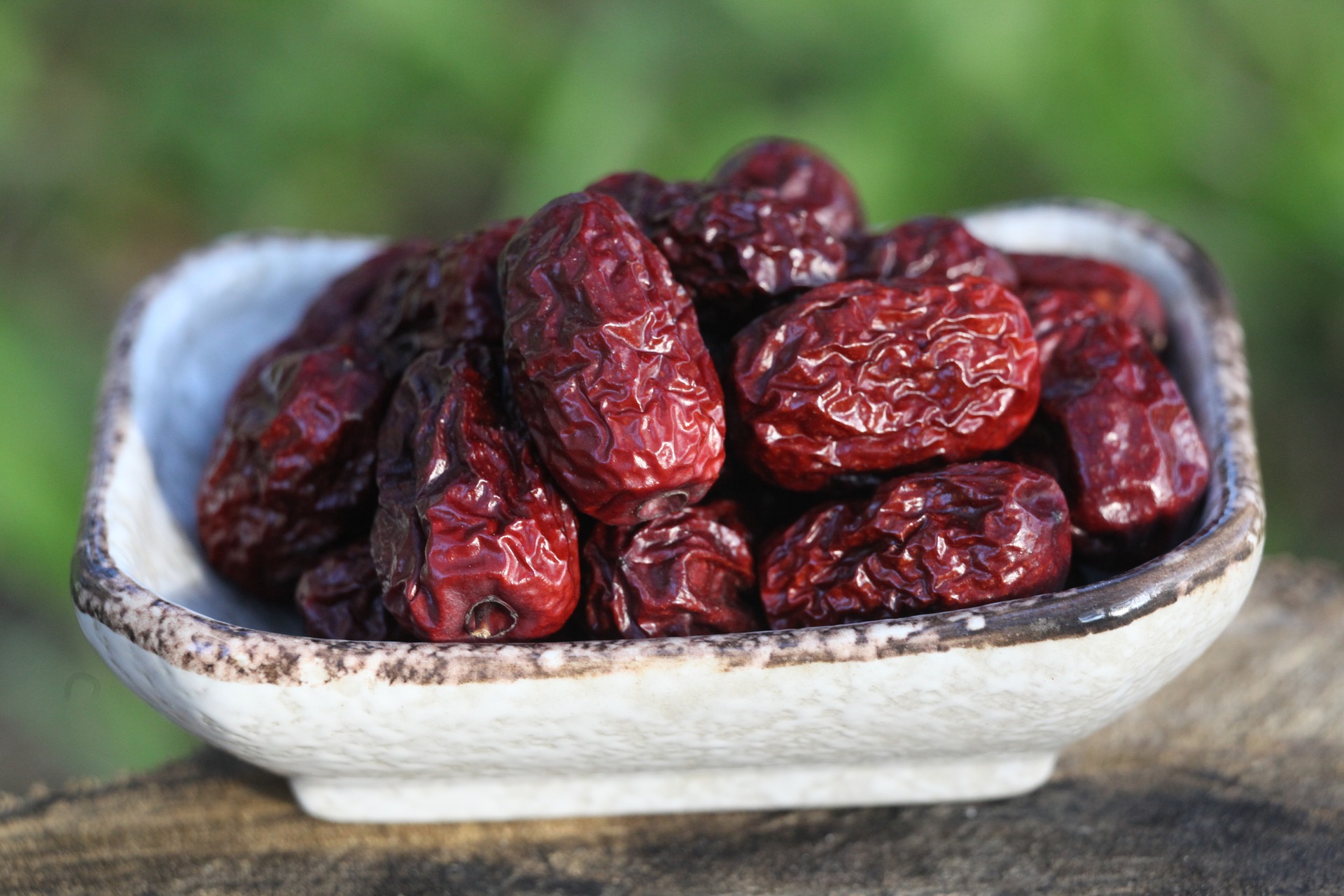
Dates
Date, derived from the date palm, is an edible fruit that is recognized by its oval shape and its brown color. From the Palmaceae or Arecaceae family, the date palm has the peculiarity of growing in inhospitable areas such as the desert. This palm also called “tree of life”, can reach 30 m high, while the fruit is about 4 to 6 cm long. Energetic fruit, the date has played a major role in the survival of peoples in these hot regions. Called scientifically Phoenix dactylifera L., this fruit is known for its fragility when fresh, hence the wide marketing of the dried date.
The term “date” comes from the Greek root “daktulos” which refers to the “finger”. This name is intended to remind the shape of the date that is similar to a finger. The date comes from the Persian Gulf, North Africa, and India, and its first crop dates back to around 4000 years ago. The whole tree was appreciated and useful because if the date was used for food, the fibers were ideal for weaving, the cores allowed to make fire and the sap helped to quench their thirst.

Cooking tips
There is a multitude of ways to consume the date. It can be enjoyed as a treat in its dried or candied form. In dishes such as chicken stews, tajines or couscous, you can add dates to enhance the taste. Date pastries, donuts, nougats and date jams have many followers. The sap of the date tree offers a delicious wine, ideal for receptions or intimate parties. The date is also used in preparations such as sauces, patties, raw vegetables and salads. It is used as a condiment for soups in some countries.
Storage tips
Most importantly, the fresh date is known for its fragility, and therefore, does not keep very long. It can be put in an airtight container so that it doesn’t become imbued with the surrounding smells. The date is best marketed dry or dehydrated. Because of its high sugar content, the dried date is preserved for a long time. It is best to keep it in a dry place to avoid mold.

